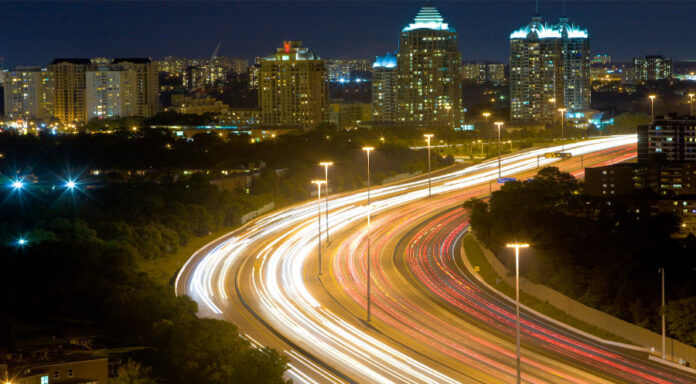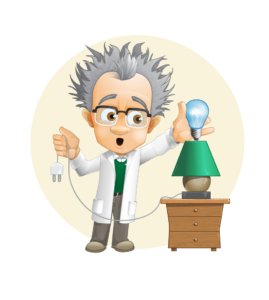LED lighting technology is rapidly being adopted at all levels of society. This year’s Super Bowl was the first ever to be lit with 100 percent LED lighting. LED lights are, also, illuminating parking lots and roadways more efficiently than ever before. At home, LED lighting is changing the way we live, from super-efficient light bulbs to the LEDs powering our HDTVs.
I, Dr. Bulb, am here to tell you that there’s a reason LEDs are rapidly becoming the lighting option of choice. LED lights (Light Emitting Diodes) are 80 percent more energy-efficient than traditional lighting, and can last for 25 years.
More importantly though, municipalities are realizing that transitioning to LED lighting for city streets and parking lots represents an opportunity to save lots of energy, as well as the money required to pay for that energy. Using super-efficient LED lighting technology for these outdoor applications is an opportunity for huge savings, as these lighting systems are often on for up to 12 hours every night.
The United States has approximately 100 million outdoor lights keeping us safe at night. As beneficial as they are, this lighting requires an enormous amount of energy, which costs about $10 billion dollars each year. That’s enough power for 6 million homes. Since most of this energy comes from coal-powered plants, all of these lights creates a large amount of climate-changing carbon dioxide. Who pays for all this energy? We all do, in the form of TAXES.
Luckily, the LED lighting technology available today makes reducing energy usage and energy bills, a simple, cost-effective choice. As our municipalities look to reduce operating costs, switching to LEDs in high-use areas is a very attractive option.
Today, only about 5 percent of outdoor lighting systems use LEDs. The potential to save money and energy is therefore quite high. It is estimated that if all exterior lighting in the nation were converted to LEDs, more than $6 billion dollars in energy savings would be possible, and a reduction in CO2 emissions of 40 million metric tons. The upfront cost of installing LEDs is quickly earned back through energy savings and as more people realize the huge savings potential, the rapid conversion to LED lighting will continue unabated.



